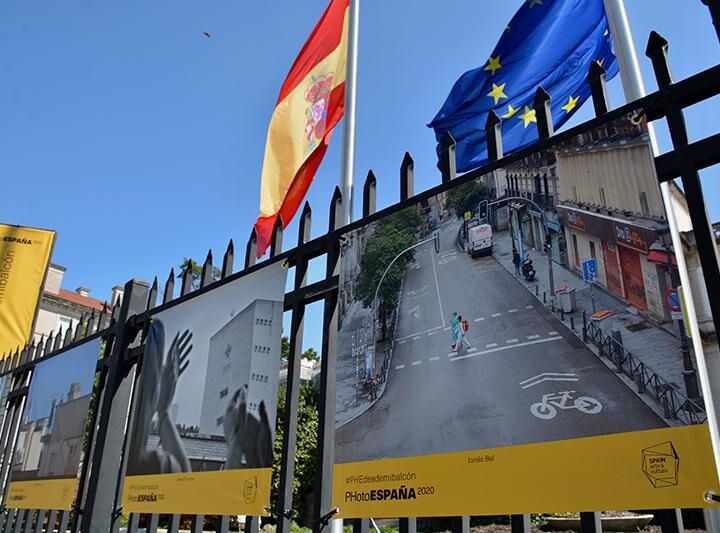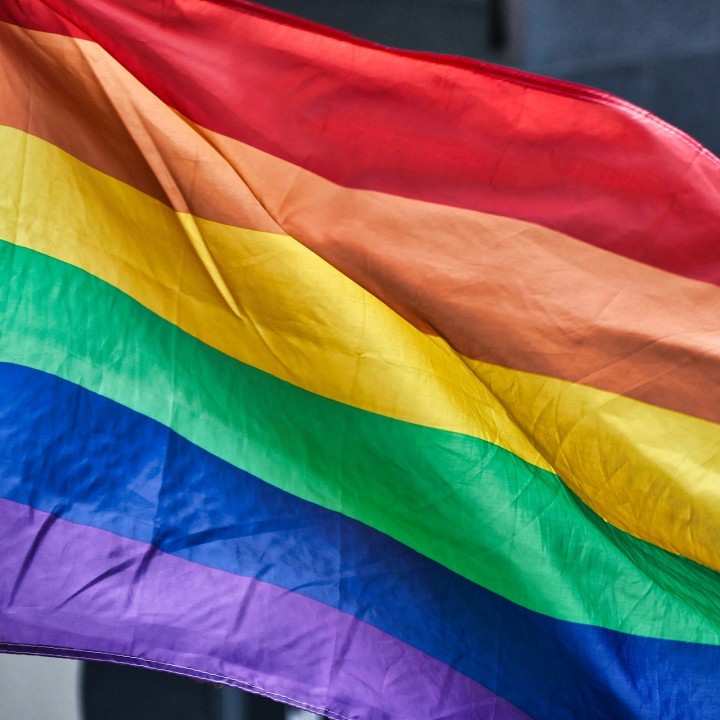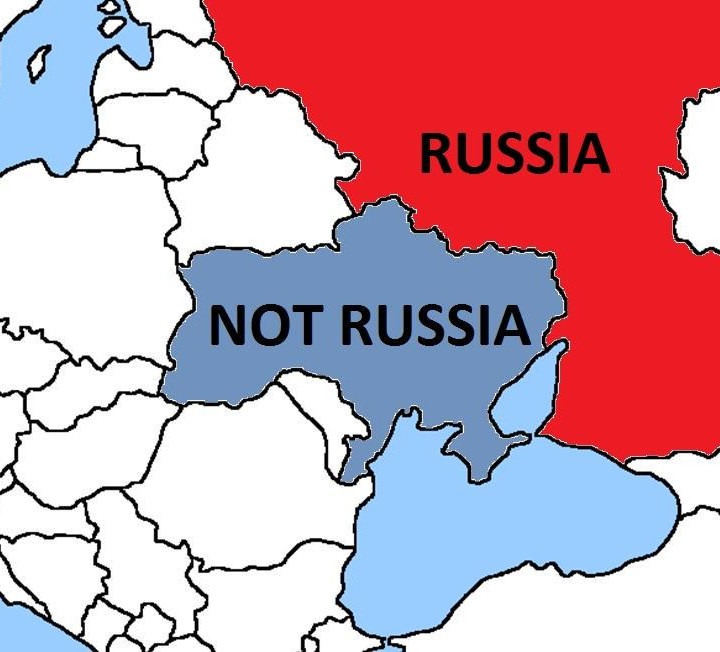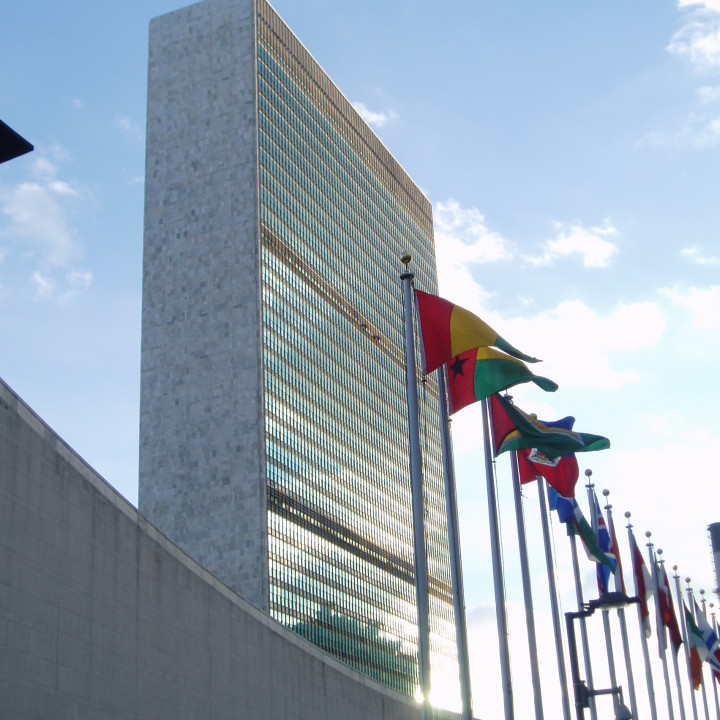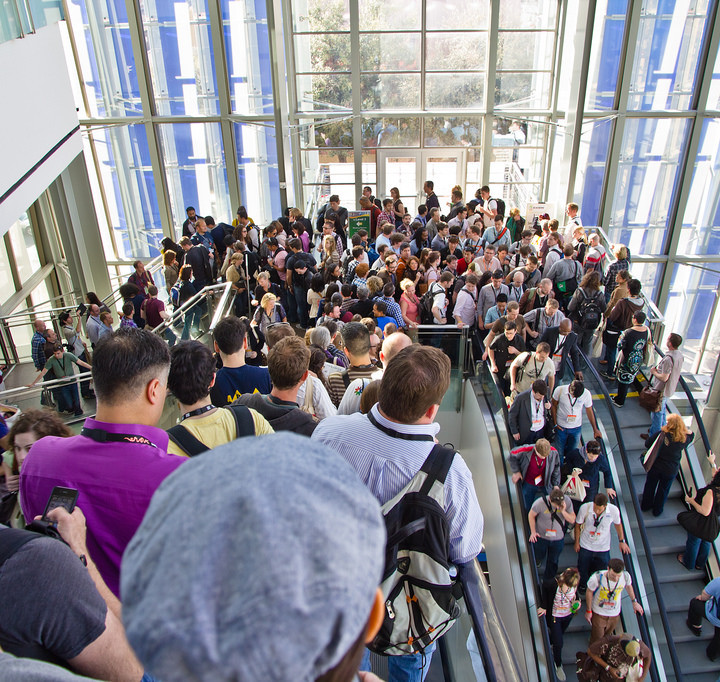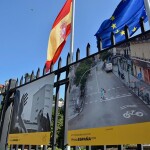Last week, the Digital Diplomacy Coalition, in partnership with Digital Collective and Hill+Knowlton Strategies, came together for a discussion on crisis communications and planning for the unexpected in the digital age.
The discussion, moderated by Rajesh Mirchandani, UN Foundation Chief Communications Officer and former BBC journalist, featured experts Jessamyn Sarmiento, Vice President of Marketing & Communications at World Food Program USA; Maria Belovas, Head of Press & Public Diplomacy at the Delegation of the European Union to the United States; and Ron Hutcheson, Managing Director at Hill+Knowlton Strategies.
Here is what we learned.
Be prepared. The key to good crisis communication is having a plan before the problem hits. Map out who is in charge in a crisis situation (including who sounds the alarm when a crisis hits) and who will be in the “war room.” Plan approval processes, roles, and have a bank of statements prepared so that everything can be executed quickly and effectively.
Directly address stakeholders. Don’t let gaps feed the rumor mill. Be quick and forthright in your communications to key stakeholders, including staff, partners, and champions. When they are equipped with directions and talking points they can be some of your best ambassadors.
Sometimes no response is the best response. Otherwise known as “don’t feed the trolls,” this advice is often easier given than heeded. However, in the social media era, not every piece of negative feedback needs to be a “crisis.” Discuss with your team to develop guidelines for responses and evaluate whether your engagement will make the problem better or worse.
Overall, we learned that there is no clear one-size-fits-all approach for digital strategies in crisis communications. However, investing in planning, monitoring, and evaluation structures can go a long way when you need to design a response in a difficult situation.
